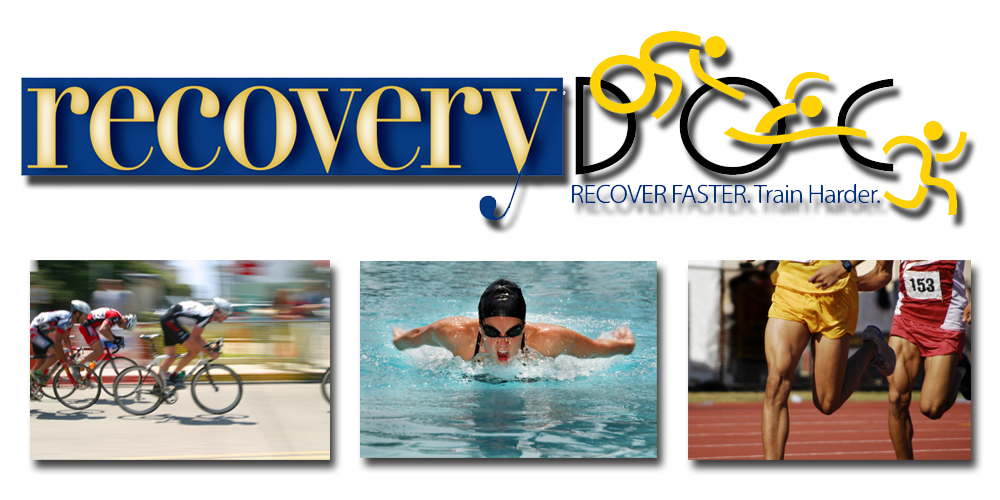|
Methods: Study 1 (n = 8, male, club-level trained; V˙O2max: 56.9 ± 3.8 mL·min−1·kg−1) investigated the influence of passive rest with or without upper leg cooling (cooling device set at 0°C or 10°C) and compression after a first time trial (TT1) on a second time trial (TT2). Study 2 (n = 9, male, club-level trained; V˙O2max: 53.3 ± 5.2 mL·min−1·kg−1) examined the influence of active recovery (AR) with or without upper leg cooling (cooling device set at 0°C) applied after TT1 on TT2. Exhaustive exercise consisted of a cycle exercise at 55% Wmaxlasting 30 min, immediately followed by a TT in which subjects had to complete a preset amount of work, equal to 30 min at 75% Wmax, as fast as possible. Immediately after TT1, a different recovery intervention was used for 20 min, and then subjects passively rested for 100 min before starting TT2. TT performance and physiological parameters were registered during the experiments.
Results: In both studies, we observed that TT performance did not significantly change for either of the recovery interventions. During the cooling interventions, skin temperatures significantly decreased (P < 0.05). AR + cooling + compression versus AR (study 2) clearly showed a significantly (P < 0.05) faster decrease of the blood lactate concentration ([BLa]) during the recovery period after TT1 and a lower [BLa] during TT2.
Conclusions: Twenty minutes after cooling (device set at 0°C or 10°C), AR or the combined recovery method had comparable effects as passive recovery on the maintenance of TT2 performance 120 min after the first TT (TT1). After AR, however, subjects seemed to perform slightly better during TT2.









.JPG)





No comments:
Post a Comment